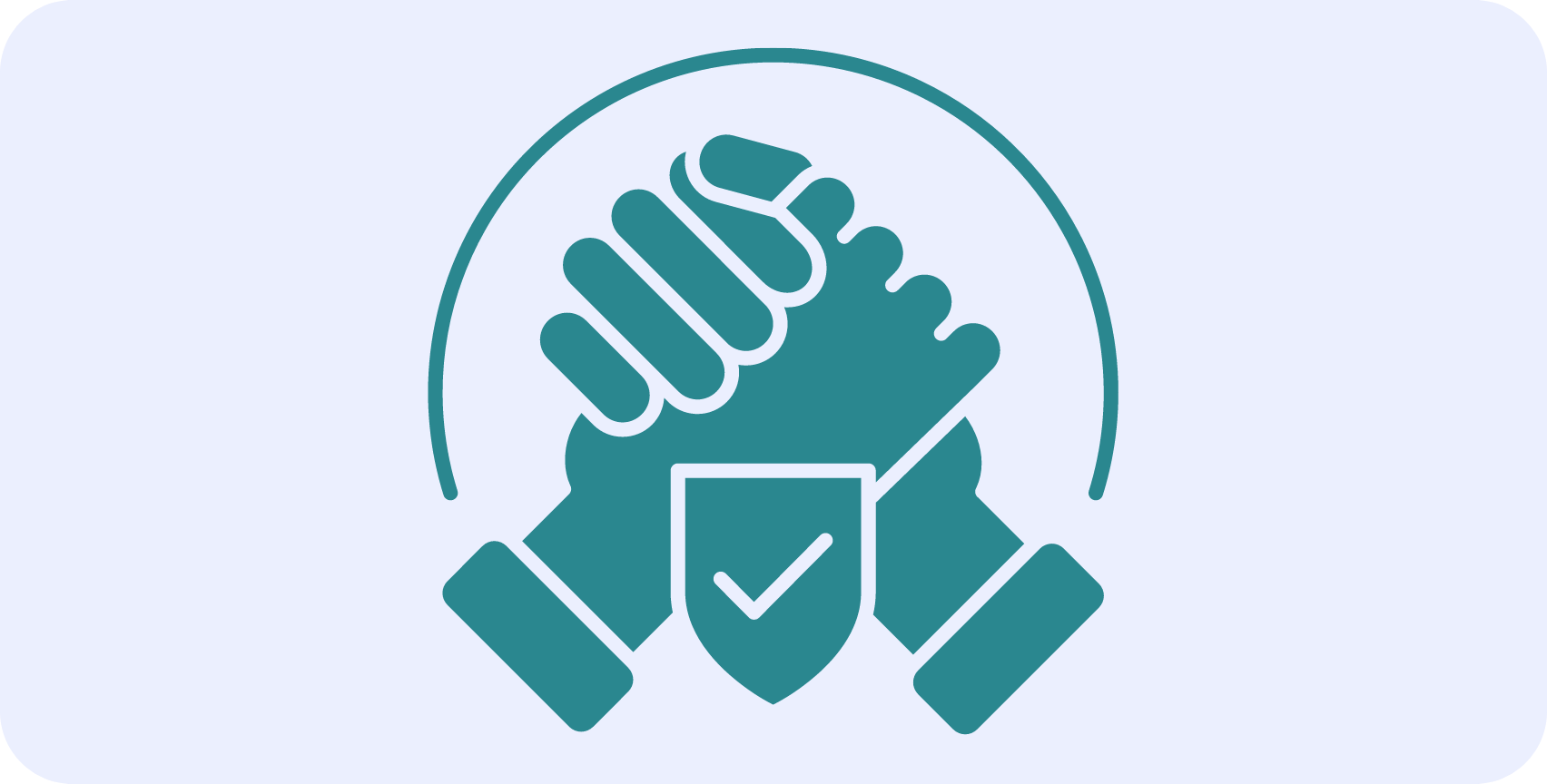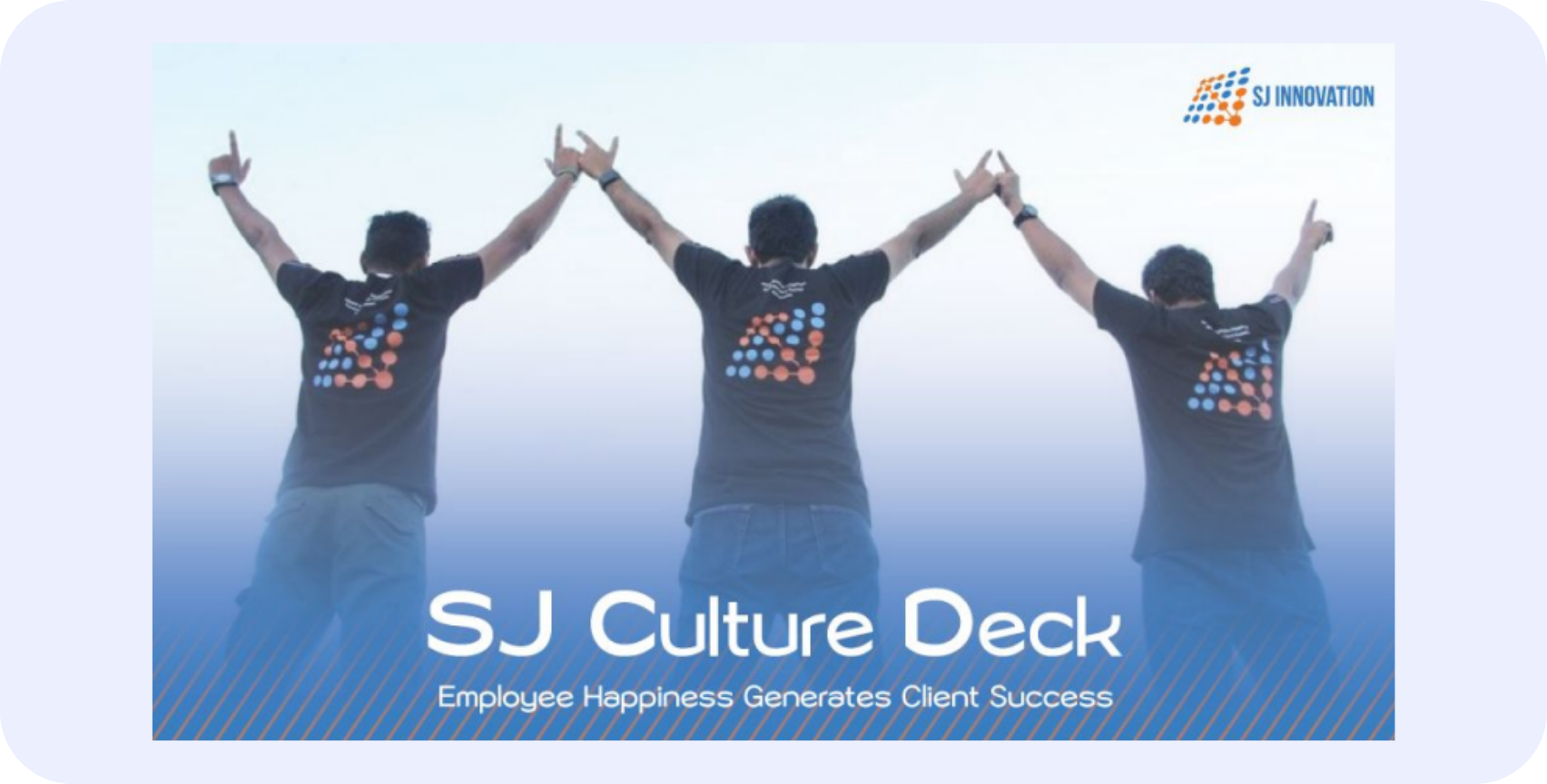
Ever thought of taking the ‘no surprises’ approach with your business partners, stakeholders, and clients? As a web development agency, it’s always encouraged to be transparent with your clients and customers, no matter where they are dispersed globally. But why is transparency crucial, you may ask!
Let’s take a look at what transparency means, how it impacts your business practices in your software development agency, and some of the best practices!
Being upfront and honest in business – More Than Meets the Eye
Transparency is more than just being open and honest about your company’s operations; it’s about embracing a culture of accountability and integrity. By being transparent, businesses foster trust with their stakeholders and create an environment where employees feel valued and engaged. Transparency:
- Establishes trust
- Makes clear communication easy
- Reduces risks
- Makes certain expectations can be managed
- Enables constant improvement
Ultimately, you spend less time safeguarding yourself from being exploited and focus more on how you can best achieve better economic outcomes in negotiations.
Customer-Centric Transparency
- Customers today demand transparency from the businesses they support.
- They seek information about the products they buy, the services they use, and the companies they endorse.
- Embracing customer-centric transparency builds loyalty and creates a sense of authenticity that resonates with modern consumers.
Transparency begins at the lowest level, giving clients access to all the development processes. This creates predictability, which, in turn, fosters trust between the development team and the client.
When clients propose changes to the project scope, the team assesses the impact on various factors such as budget, time, non-functional requirements, and possible interconnecting dependencies.
Internal Transparency for Empowered Teams
- Internally, transparency empowers employees by keeping them informed about company goals, challenges, and successes.
- When team members are aware of the bigger picture, they feel a stronger sense of ownership and motivation to contribute to the company’s growth.
It helps with planning too! Take for instance, this cone of uncertainity
The cone of uncertainty highlights the potential for estimates to be significantly off, up to four times in some cases. For example, if you estimate a project to be completed in six months, it could take as long as 24 months in reality.
To address the challenges posed by the cone of uncertainty, gathering as much information as possible during the planning stages is crucial.
Transparency plays a vital role in this process.
Effective planning relies on absolute trust and open communication between clients and the development team, ensuring alignment on project goals and key aspects.
Without this alignment, there’s a risk of conflicting directions that can skew the entire plan.
To achieve transparency, all parties involved must be forthcoming with information.
- Clients should provide the proposed budget, project scope, requirements, planned features, and any other relevant details.
- Developers must be honest about their assessment.
- If a task falls outside their expertise, it’s essential to acknowledge it and avoid misleading the client simply to secure the project.
In software development, the triangle of product management – cost, time, and scope – plays a crucial role. If one element changes, it affects the others. The team has to control and predict these changes effectively. This is where transparency shines; making the development process predictable and visible to the client which enables a better understanding of the consequences of any change.
Transparency and Decision-Making
- Informed Decision-Making with Data Transparency
- Transparency in data and information sharing empowers leaders to make informed decisions based on real-time insights.
- Access to accurate data allows for data-driven strategies, enabling businesses to adapt swiftly to market changes and customer demands.
- Trust-Building through Transparent Leadership
- Transparent leadership fosters trust among employees and stakeholders.
- When leaders communicate openly and honestly, they create an environment where employees feel safe voicing their ideas and concerns.
- This trust extends beyond the workplace, attracting loyal customers who value authenticity.
Take for instance, Hubstaff!
They’ve embraced revenue transparency and publicly share their financial information, including revenue figures, with their team and the world. This calculated move shows the level of transparency and automatically promotes trust, fosters a sense of ownership among employees, and allows for better decision-making. By being open about their finances, Hubstaff aims to build a stronger and more accountable organization.
Nurturing a Transparent Workplace Culture
- Open Communication and Employee Engagement
A transparent workplace culture encourages open communication among team members. Employees feel comfortable sharing ideas, concerns, and feedback, leading to increased collaboration and innovation.
- Transparency and Performance Management
Transparency in performance management is vital for employee development and growth. Providing clear expectations, regular feedback, and recognition fosters a culture of continuous improvement and motivates employees to excel.
SJ Innovation, a growing software development agency, created a culture deck that is not dictated solely by senior management but is shaped by recurring feedback from team members. This culture deck is accessible to everyone in the company and anyone who wants to see it. It emphasizes the value of transparency and a shared vision that anyone can refer to whenever needed.
Overcoming Challenges with Transparency
- Addressing Ethical Dilemmas with Transparency
Transparency is a powerful tool to navigate ethical challenges. By openly addressing ethical dilemmas and taking responsibility for mistakes, businesses can rebuild trust and strengthen their reputation.
- Transparent Crisis Management
In times of crisis, transparency is the guiding light that leads businesses through the storm. Being honest and forthcoming with stakeholders during difficult times demonstrates resilience and earns respect.
Harnessing Transparency for Sustainable Success
Transparency as a Competitive Advantage
In software development, transparency sets businesses apart from their competitors. By promoting transparency as a core value, companies can attract customers who prioritize ethical and socially responsible brands.
Investing in Transparent Supply Chains
Transparency in supply chains is essential to ensure ethical sourcing and sustainable practices. By collaborating with suppliers who share the same values, businesses can create a positive impact on society and the environment.
Transparency is no longer an optional business practice; it’s a necessity for sustained success. By embracing transparency, businesses build strong relationships with customers, employees, and stakeholders, positioning themselves for long-term growth and prosperity. Embracing transparency is the key to unlocking the full potential of your business. By fostering a culture of openness and accountability, you can build trust, drive innovation, and position your company as a leader in the world of web development.









